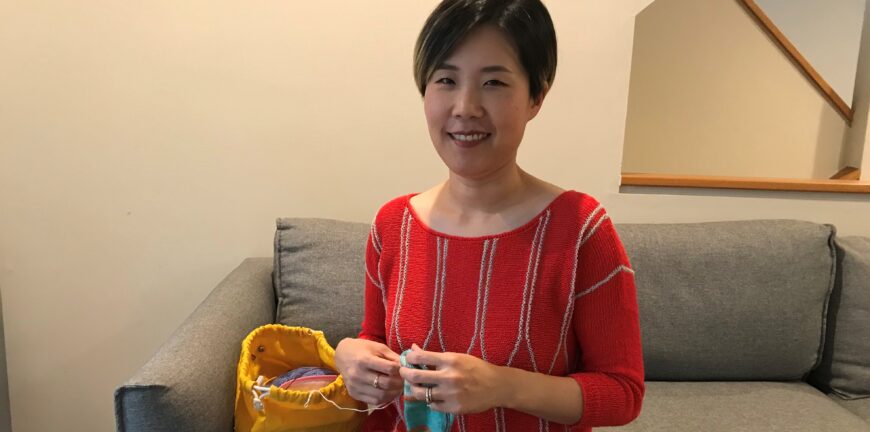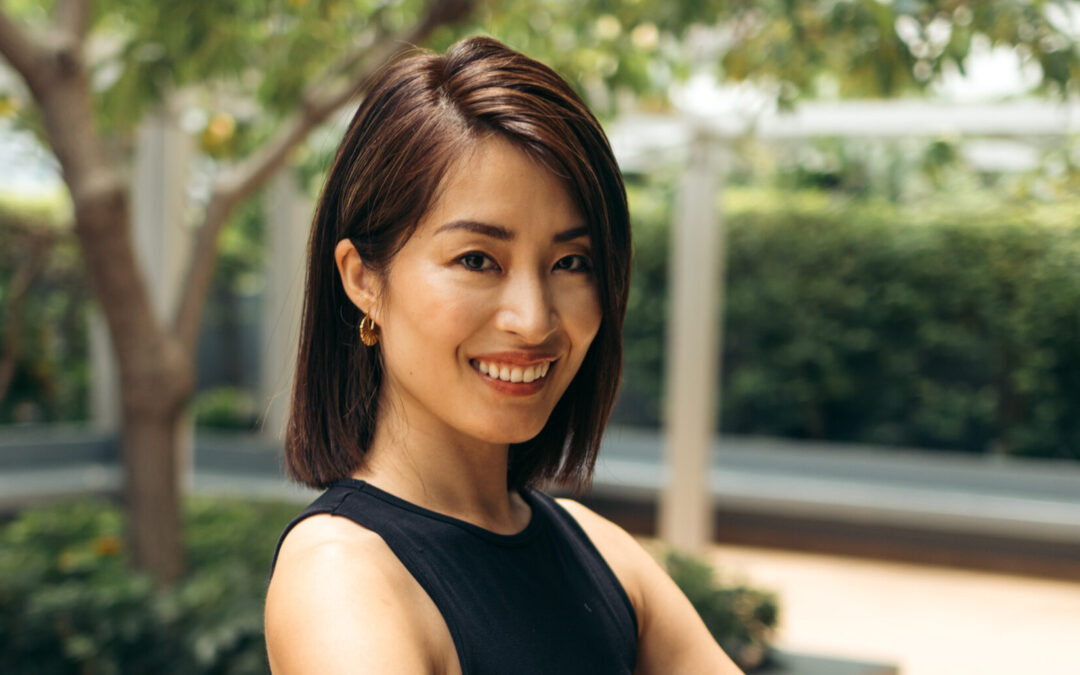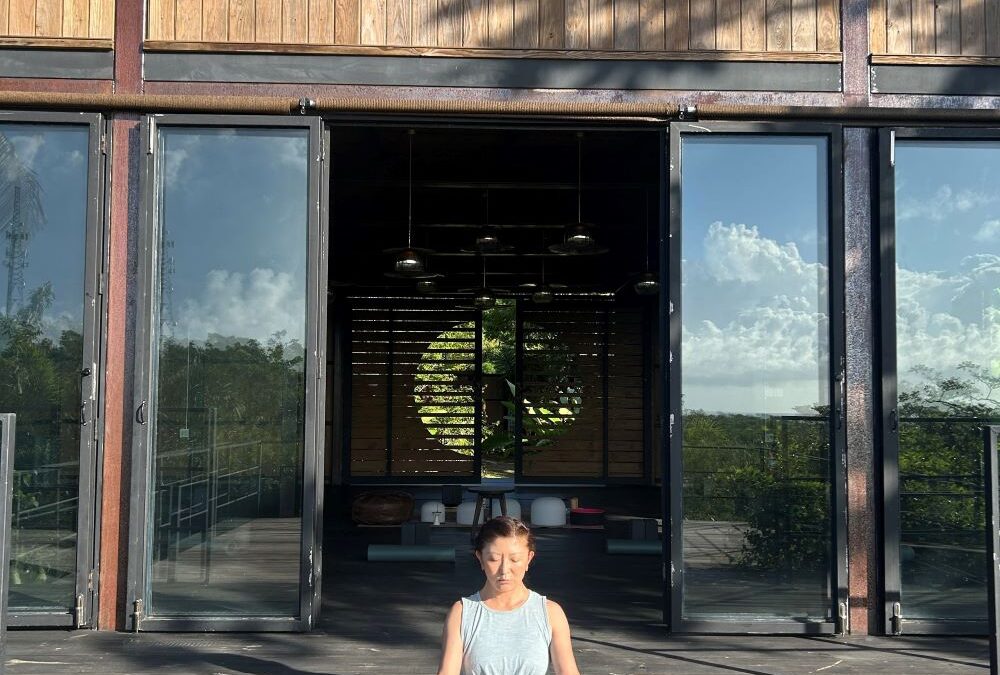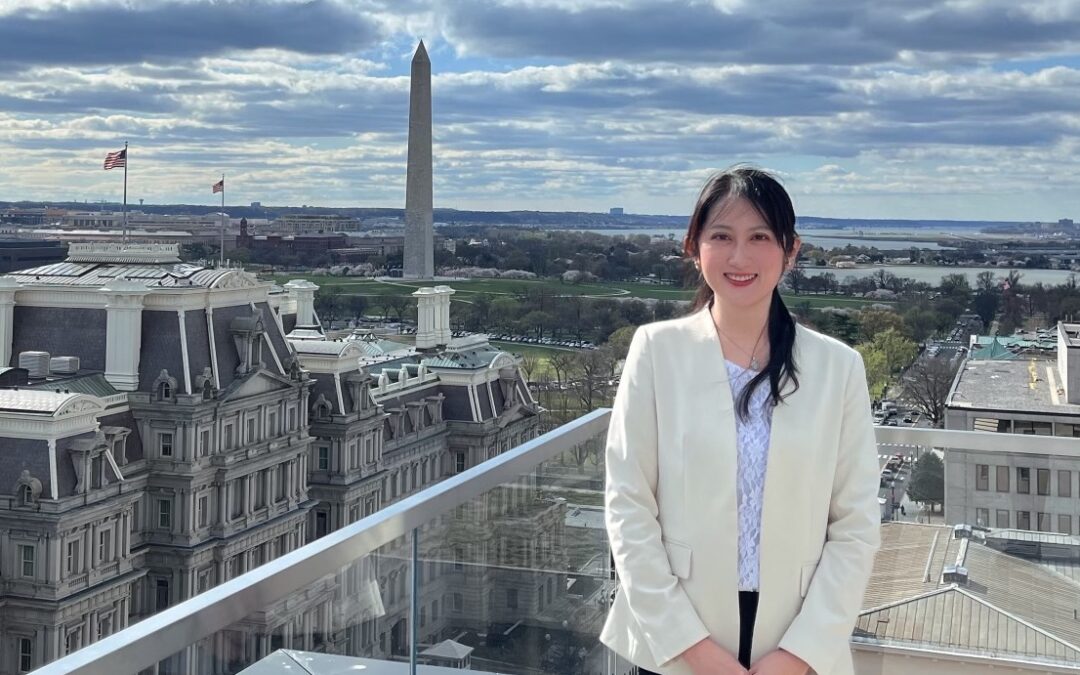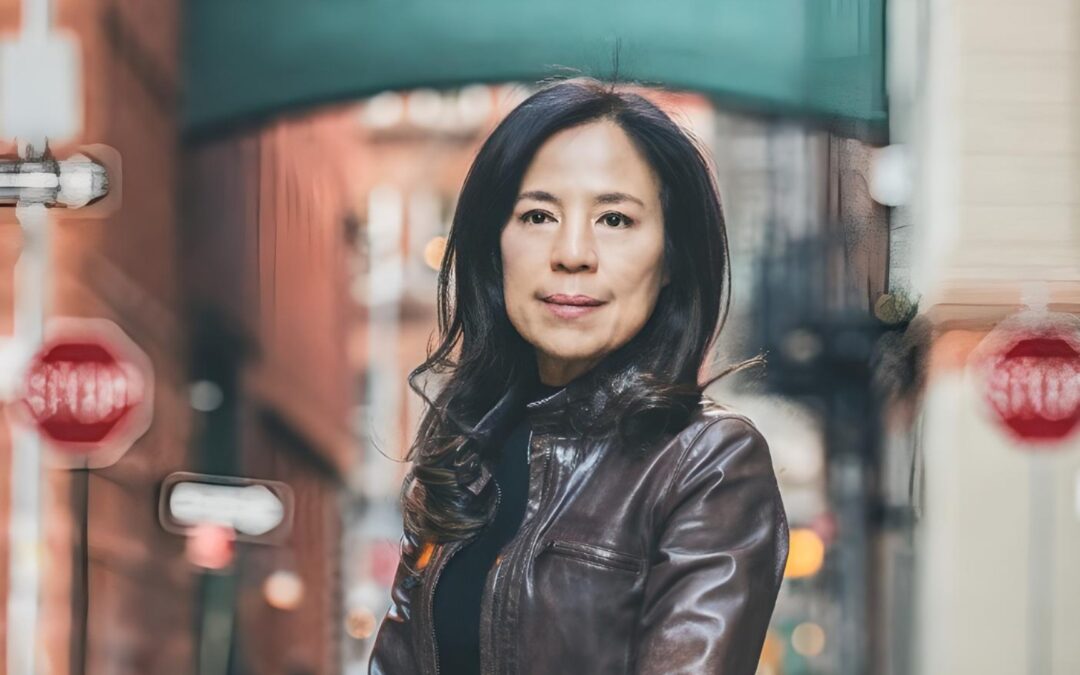This time we are interviewing Ms.Keiko Kikuno who is working as a knitting designer in Virginia.
1. Please tell us about your journey coming to the United States.
In Japan, I taught middle school science and high school chemistry. One day, a research professor from my undergraduate institution informed me that a research lab at the University of Tennessee was looking for assistants and asked if I might be interested. That was the catalyst for my decision to come to the U.S. I had never even lived alone before then, nor was I confident in my English ability. But I did have a vague dream of living abroad, so I said yes and here I am. The assistant position was limited to three years, but during that time I met my husband and stayed in the U.S. after the contract ended.
The first year after leaving the university I did not do much, but over time I started working for a Japanese manufacturing company doing logistics. My husband got a new job in Virginia and once we moved here, I started working at the DC patent office.
2. What led you to start working as a knitting designer?
Actually, I used to knit in Japan, too. However, when I was in Tennessee, I had a lot of free time so I started knitting more seriously. One day, I saw a public ad for a design in a Japanese knitting magazine. I drew up and submitted a design with my application and was fortunate enough to be selected. That got me started in my career as a knitting designer, but since then I have submitted designs to many foreign magazines and have been featured in England, Finland, and Germany.
When I lived in Tennessee as well as when I first moved to Virginia, I was knitting in addition to working completely unrelated jobs. Even now, I am doing clerical work for the same Japanese company that selected my design. Perhaps it is more accurate to say that I knit as an extension of a hobby, more than as a profession.
3. What about being a knitting designer brings you joy? Are there any difficulties that you have experienced?
When I see people actually making and wearing patterns that I have designed, or when I see photos of my work on Instagram, it is an absolutely incredible feeling. Perhaps the most difficult thing is trying to stay ahead of deadlines (ha ha). Although I do not necessarily consider this a difficulty, I did have one upsetting experience. Usually when you send in a sample to a publishing company, once that promotion period ends, the company sends the sample back to you. One time, however, a sample that was sent back to me from Japan never arrived and I have no idea where it was lost. It is very upsetting to have worked so hard on a sample only to have no clue where it is.
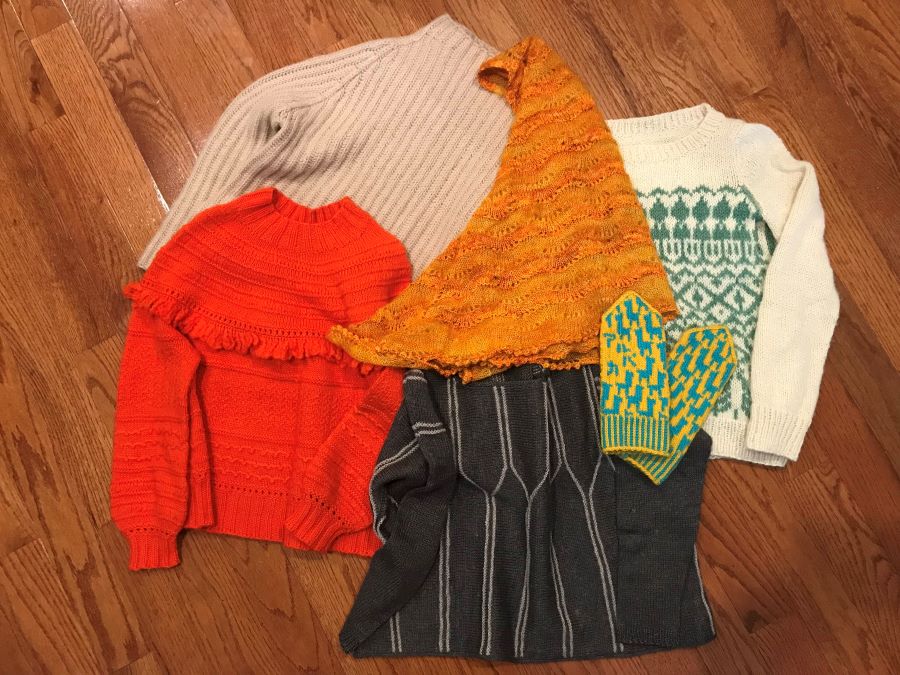
4. What are your dreams and goals for the future?
At the moment, I really just want to continue working as a knitting designer for as long as possible. Currently, I am working as a contractor with publishers and yarn making companies, but there are several designers who make and sell their own patterns. Although I do sell a few of my personal designs, I want to increase that number and eventually try self-publishing.
5. Do you have any words of advice for Japanese women here in America who have yet to find their passion?
Even now I still doubt myself at times (ha ha). I am enjoying working as a knitting designer and I am satisfied, but sometimes I wonder if there are other things that I could be doing instead.
In times of doubt, it is important to just take the first step. Yes, it is the hardest step, but just try. If it does not go well, there are always other options, right? Research the things you like and try showcasing them to those around you. Applying to that design magazine changed my entire world. Do not get tied up in what is happening around you, focus on your passion and something just might happen.
Keiko Kikuno’s Instagram: keikokikuno
★ Interviewer's note
Ms. Kikuno"s knitting work has been featured not just in Japan, but all around the globe. What stood out the most is that even as her work transcends borders, for Ms. Kikuno, knitting is just an extension of a hobby that she enjoys and can do at her own pace. Yet, Ms. Kikuno admitted that even she doubts herself and her choices sometimes. I am certain that many readers have also felt this. Another way of looking at things, however, is that this doubt actually emerges from a place of confidence that you might be able to accomplish bigger and better things. The ability to believe in yourself is truly incredible. It might be great to welcome times of doubt as excellent opportunities to think of what you really want to do, and ways in which you can challenge yourself. Then, even in the face of uncertainty, try and take the first step, just like Ms. Kikuno. By taking that step, you might enter a new world that exceeds even your wildest imagination.

